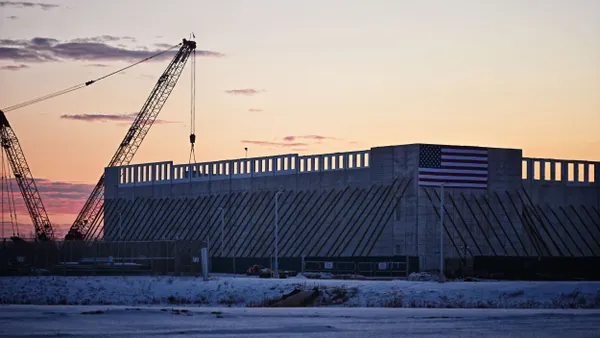Dive Brief:
-
Operating batteries to simultaneously tap multiple revenue sources can unlock significantly more value than using them to target only individual applications, a new report from The Brattle Group finds.
-
The report, Stacked Benefits: Comprehensively Valuing Battery Storage in California, was prepared for Eos Energy Storage with funding from the California Energy Commission and provides an assessment of the potential economic benefits of energy storage in California.
- Despite the economic benefits of stacking revenue streams, the study says there are still regulatory barriers that need to be addressed to realize the full potential of value stacking.
Dive Insight:
Battery energy storage has a number of capabilities, from providing capacity to ancillary services and rate arbitrage opportunities. But while it seems logical to use batteries to squeeze value out of each characteristic, Brattle's report that finds even in California it can be difficult to stack the benefits of storage.
Among the barriers to value stacking that the report identified is further clarification on policies regarding aggregation requirements for wholesale market participation, limits on net exports of energy to the grid, and prioritizing dispatch control when a battery is being operated to provide multiple sources of revenue.
On the last point, the Brattle analysts say more clarity on dispatch control would address confusion around which entity has priority to dispatch a battery when it is utilized for more than one purpose by multiple parties.
The report calls for a better alignment of retail rate design with the underlying structure of system costs as a way of incentivizing customers to adopt battery storage and use to produce system benefits.
Among the policy initiatives that could assist in encouraging multiple value streams for energy storage, the report identifies new or revised retail rate designs that more fully reflect the time-varying nature of the cost of generating and delivering electricity. California's three major investor-owned utilities are devising rate design reforms that will move customers to default time-of-use rates in 2019.
“Our analysis focused on the California market, but the conclusions are broadly relevant to other markets in North America and around the globe,” Ryan Hledik, a Brattle principal and co-author of the report, said in a statement.













